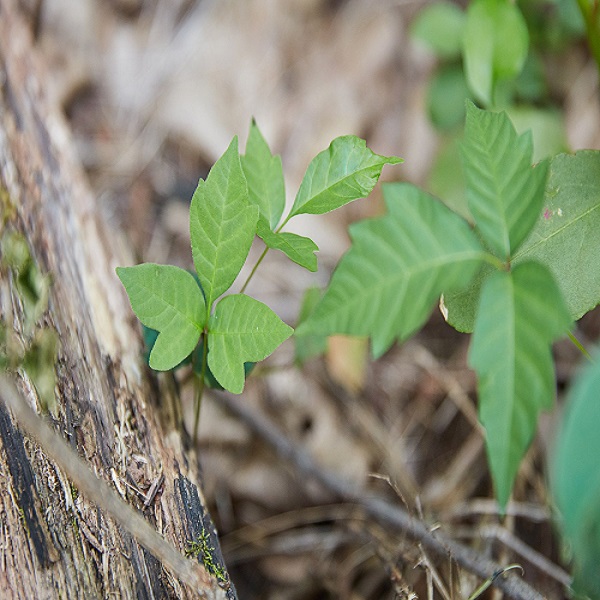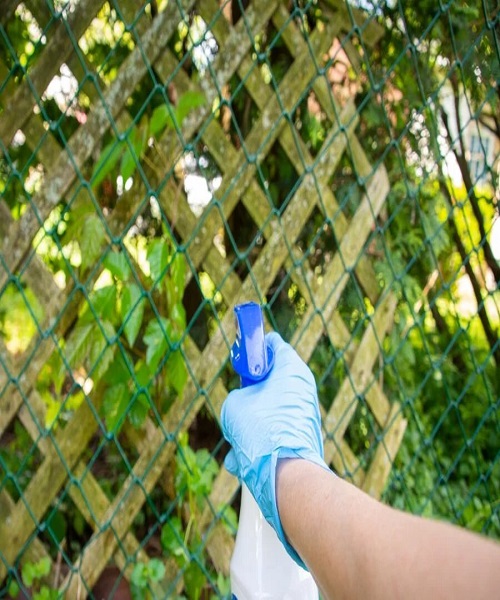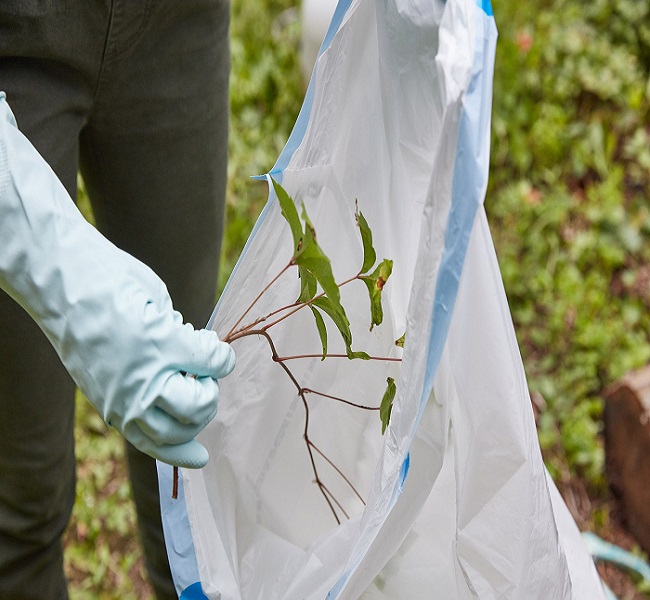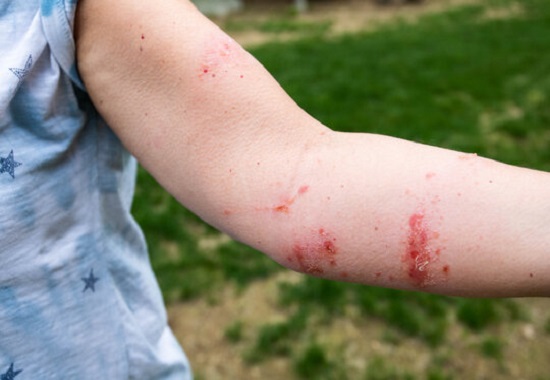When it comes to gardeners and outdoor enthusiasts, poison ivy is a nightmare. Because of their severe allergies to the greasy resin. For weeks, those afflicted with it may suffer from agonizing itching and a rash.
Poison ivy can cause a rash in as little as a few hours. It can show up in as little as four hours for some people, while symptoms may not occur for nearly two days for other people. So it’s not only the leaves you have to worry about; you can acquire poison from the plant as well.
here are some of the easiest ways to get rid of poison ivy from your property.
Using Horticultural Vinegar
Poison ivy can be effectively treated with horticultural vinegar. An ideal moment to eradicate a weed is right as the leaves begin to change color.
The acidity of horticultural vinegar (also known as industrial vinegar) is significantly higher than that of ordinary household vinegar. Horticultural vinegar, on the other hand, can be anywhere from 30 to 45 per cent acidic, whereas kitchen vinegar is often around 5 per cent.
Aside from the fact that horticulture vinegar can also be used to destroy weeds, it can also be used to kill poison ivy. Simply put the vinegar in a spray bottle and use it at full power.
Watch what happens when you liberally mist the leaves with the solution. Spraying in the middle of the day will make it work even better when it’s hot and sunny.
When spraying around other plants, make sure to exclusively target the ivy’s leaves. Any plant that comes into touch with vinegar will be killed by the acid. Poison ivy normally requires a few applications spaced a few days apart in order to be entirely eradicated.
When working with high-strength vinegar, always use eye and hand protection. After all, it’s an acid, therefore it can burn your skin and eyes if you touch it.

Salt Water Spraying
A salt water solution can also be used to kill poison ivy naturally if vinegar is not your thing. Mix 2 cups of salt and 1/2 gallon of water together to form the brine.
Dish soap can be added to the solution if desired. The spray will adhere to ivy leaves instead of trickling off because of this. Spray liberally on the ivy leaves using a hand sprayer.
Any plant life that comes into touch with the salt solution will be harmed. The leaves of the ivy, not the foliage of other plants, should be sprayed with the insecticide.
The ivy may need a few more applications of the salt solution before it is totally eradicated. In order to ensure that the roots are killed, repeat the application every three to four days until the foliage is dead. Once again, spraying during the hottest part of the day and in full sunlight will boost the efficiency of the salt solutions.

Hand Digging Plants
Even though this is the most time-consuming option, removing plants by hand is the most efficient. In the spring and summer, finding poison ivy might be difficult. Foliage can readily be mistaken for that of many other plants.
In September and early October, ivy leaves turn swiftly, making them simple to identify. The best way to get rid of ivy for good is to go after the roots. Dig down at least six to eight inches into the root system of the plant to remove it from the ground.
You can dispose of the leaves and stems by bagging them and putting them in your yard waste bin. Poison ivy should never be burned. The resin can quickly spread through the air and cause major health problems.
When attempting to remove plants by hand, always wear gloves and long sleeves to protect your hands. After that, be cautious when handling the clothing until all resin has been removed by washing.


